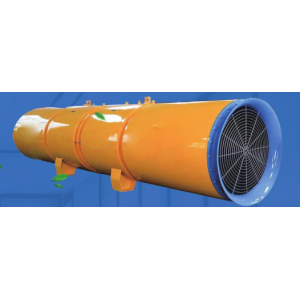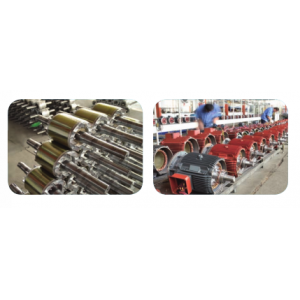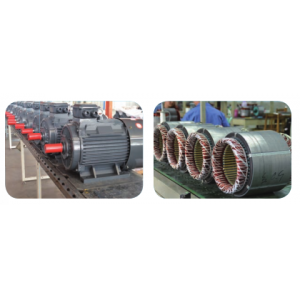NC Cold and Warm Air Fan: Characteristics of Negative-Clearance Design
NC Cold and Warm Air Fan: Characteristics of Negative-Clearance Design
NC cold and warm air fans are ventilation devices specially designed for cold and warm air ventilation systems. Their unique negative-clearance design gives them many superior characteristics and functions, making them an ideal choice in many scenarios.
Firstly, the most notable feature of NC cold and warm air fans is their negative-clearance design. In traditional fan designs, there is a certain gap between the fan impeller and the casing. However, NC fans adjust this gap to a negative value or a very small positive value through special design, reducing air leakage and energy loss. This design enables NC fans to have significant advantages in ventilation efficiency and energy consumption, allowing them to complete ventilation tasks more efficiently.
Secondly, NC cold and warm air fans have high precision in air volume control. Due to the characteristics of the negative-clearance design, NC fans are more flexible and precise in air volume control, allowing for precise adjustments according to actual needs to maintain indoor air comfort and quality. This is particularly important in places that require frequent adjustment of ventilation volume, such as office buildings and commercial centers.
Additionally, NC cold and warm air fans have lower noise levels and longer service life. The negative-clearance design reduces friction and vibration during fan operation, thereby reducing noise generation. It also reduces energy loss, extending the equipment's service life and reducing maintenance costs and frequency.
Finally, NC cold and warm air fans have a wide range of applications in cold and warm air ventilation systems. Whether used in building air conditioning systems, industrial ventilation in factories, or cold and warm air regulation in office spaces, NC fans can perform effectively, providing users with efficient and comfortable ventilation experiences.
In conclusion, NC cold and warm air fans, with their negative-clearance design, bring advantages in ventilation efficiency, air volume control precision, noise levels, and service life, making them an indispensable part of modern cold and warm air ventilation systems and providing high-quality ventilation services for various scenarios.
 Pipe connection method of air
Pipe connection method of air
 Installation and debugging of
Installation and debugging of
 Advantages and adjustment meth
Advantages and adjustment meth
 How to debug a centrifugal cur
How to debug a centrifugal cur

